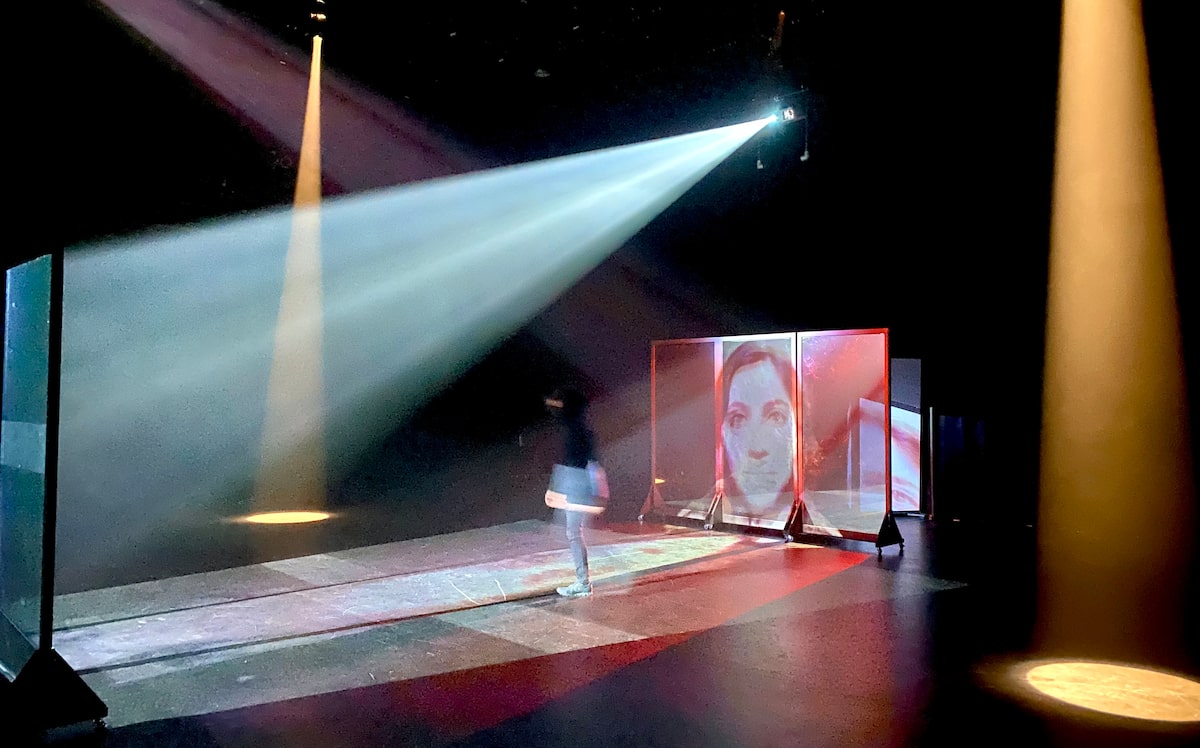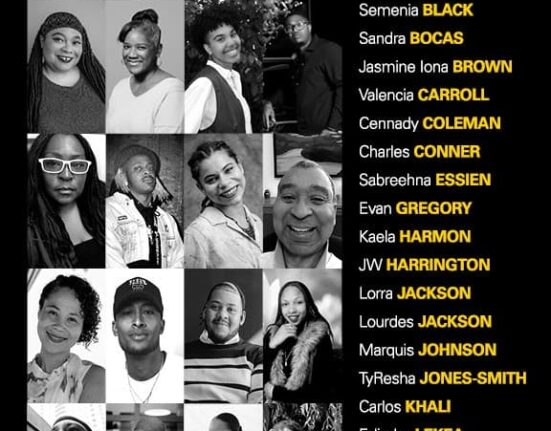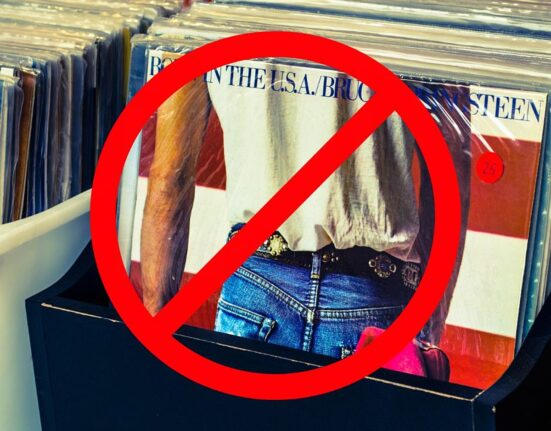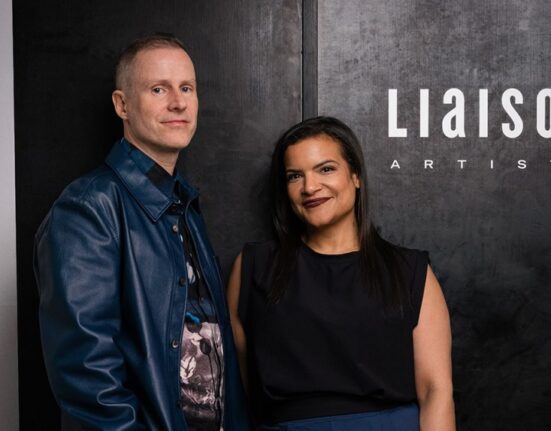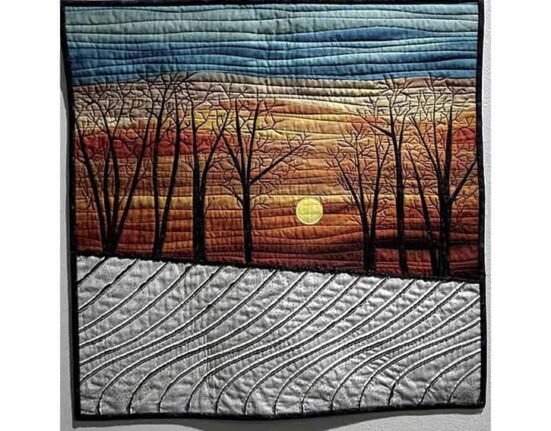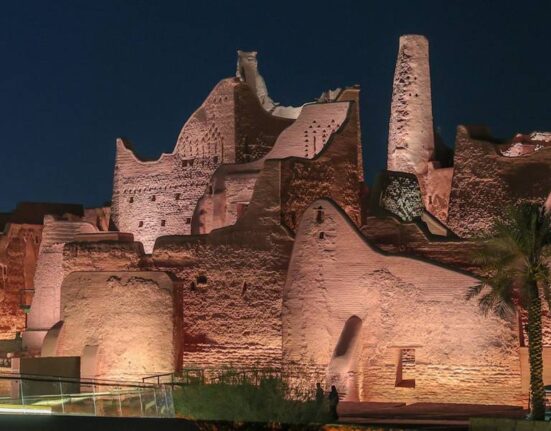Same Difference, an immersive installation from Vancouver’s Theatre Conspiracy led by multi-hyphenate designer David Mesiha, is one of the productions at this year’s PuSh Festival in Vancouver.Handout
The unofficial theme of the latest edition of the PuSh Festival in Vancouver is displacement. What movements of people from one place to another do we pay attention to – and which ones do we ignore? Which do we frame as a choice and which as forced? Whom do we welcome and whom do we exile?
Of course, extra attention has been paid to PuSh this year, and beyond those usually attentive to international performing arts festivals, because of the last-minute displacement of one of its shows from the schedule.
The Vancouver premiere of The Runner, a thrilling Canadian theatre production that sees its fictional conflicted Israeli protagonist constantly on the move on a set that is a custom-built treadmill, was cancelled amid threatened protests and pull-outs; its opponents argued that its stream-of-consciousness text contained dehumanizing descriptions of Palestinians (and made assumptions about its impact in performance).
The crucial context to understanding PuSh’s choice – if choice is, indeed, the right word – is the Israel-Hamas war, its terrible death toll and the massive displacement of the majority of people living in Gaza.
Dear Laila, a (now sold-out) installation by the British-based Palestinian artist Basel Zaraa co-presented with Boca del Lupo and Pandemic Theatre at the festival, doesn’t speak to that unfolding catastrophe directly, but does indirectly in exploring his own personal history and his family’s multiple displacements.
In the charming form of a miniature maquette, Zaraa has recreated his childhood home in the Al Yarmouk Palestinian refugee camp in Syria; in letters and a recording addressed to his young daughter and left for one viewer at a time to discover in boxes and in drawers on a desk, he shares memories of growing up there.
The intimate artwork challenges conceptions of camps for displaced persons as some sort of purgatory, showing how they are physical places where people are born and die, live and love – and where they renovate, and raise pigeons, too. A place of refuge can be the subject of nostalgia – and, as was traumatically the case in Yarmouk when civil war broke out in Syria, a place from which a family can be displaced again.
(Dear Laila’s reception will be complicated, for some, by the knowledge that Zaraa told the festival, essentially, that either The Runner went, or his work would. What does it mean when an artist says: This place ain’t big enough for the two of us?)
Same Difference, an immersive installation from Vancouver’s Theatre Conspiracy led by multi-hyphenate designer David Mesiha, is a darkened room you can wander into to think further about global migration at a time when, according to the United Nations High Commissioner for Refugees before the war in Gaza, a record 110 million people have been forcibly displaced.
In different corners and recesses of the installation, speakers play recorded interviews with humans who migrated recently and not so recently. It’s, by design, not possible to get their full stories.
In different corners and recesses of the Same Difference installation, speakers play recorded interviews with people who migrated recently and not so recently. It is designed to it is not possible to get their full stories.Kate Dalton/Handout
I heard one individual talk about leaving Serbia amid war and another about leaving Senegal (and their beloved pigeons; a sub-theme). Race, gender, age – you can only guess from the voices.
Eventually, focus is drawn with light and sound to the centre of the room where dividers are set up. These are sometimes screens where projections of people or empty picture frames appear, sometimes they are mirrors to look at yourself in, and sometimes they are transparent and you see through them to your fellow spectators.
Music ranging from opera to trance swells, and a recorded monologue plays, comprised of questions that include the repeated dance-floor come-on: “Where did you learn to move like that?”
Belgium-based dancer Rakesh Sukesh performs because I love the diversity (this micro-attitude we all have it) at the PuSh Festival. The show is framed around a trip to Estonia where he was filmed crossing the street by a far-right media outlet that later, non-consensually, used his image in a video on immigration.Handout
How do we see people (including ourselves) based on when and how and whether we moved to Canada? In blurring the lines between refugees and immigrants, and literally blurring images of people (including of the audience, consensually obtained) that scroll by on screens, Same Difference invites the audience to think about these constructs – though not seemingly, land acknowledgement aside, about resettlement in the context of settler-colonialism.
A show I particularly enjoyed at PuSh zooms in on one man’s story of dislocating himself because of his love of movement.
The wryly titled because I love the diversity (this micro-attitude we all have it) is performed by Indian-born, Belgium-based dancer Rakesh Sukesh, who grew up learning dance forms including Bollywood before he moved to Europe to pursue a contemporary-dance career. His show is framed around a trip he took to Estonia to run a workshop (on his techniques that turn memory into movement) where he was filmed crossing the street by a far-right media outlet that later, non-consensually, used his image in a video jeremiad on immigration.
That incident triggers a dance down memory lane of many of the micro-aggressions he’s encountered in Europe – as well as a self-critical exploration of his distance from and connection to the place of origin and its histories of movement, ancient and contemporary.
The ways he explores these themes with his body are often striking: Sukesh’s physical incarnation of the camera that filmed him as one of his own hands attacking him is a powerful recurring image of shame. But there’s a sense of humour here as well. After talking about being repeatedly mistaken for an UberEats delivery person in Italy, he attempts yoga with a giant insulated carrier bag on his back.
The monologue Sukesh speaks was written in his voice by Vancouver-based Siminovitch Prize-winning playwright Marcus Youssef – and its often ironic tone is perfect for the dancer, who proves excellent at deadpan delivery and expressing exhaustion through his eyes. The show’s most moving moments, nevertheless, naturally, come from the ways he moves.
PuSh continues to Feb. 4. Visit pushfestival.ca for schedules, venues and ticketing information.

